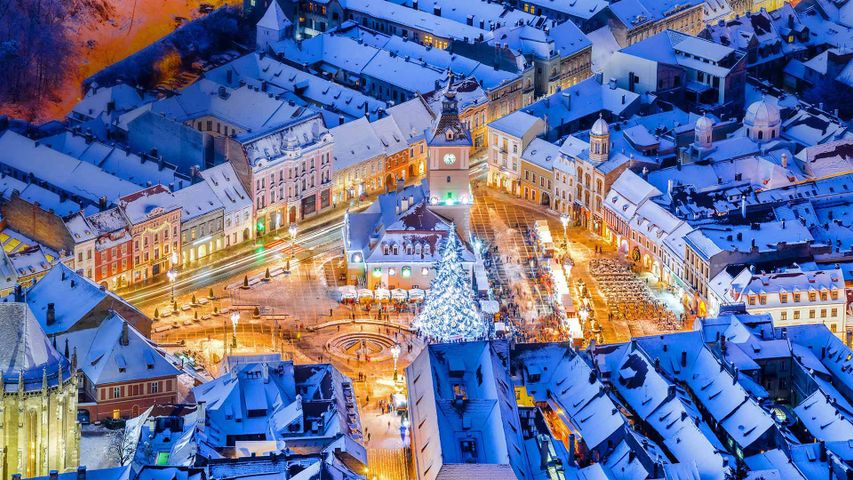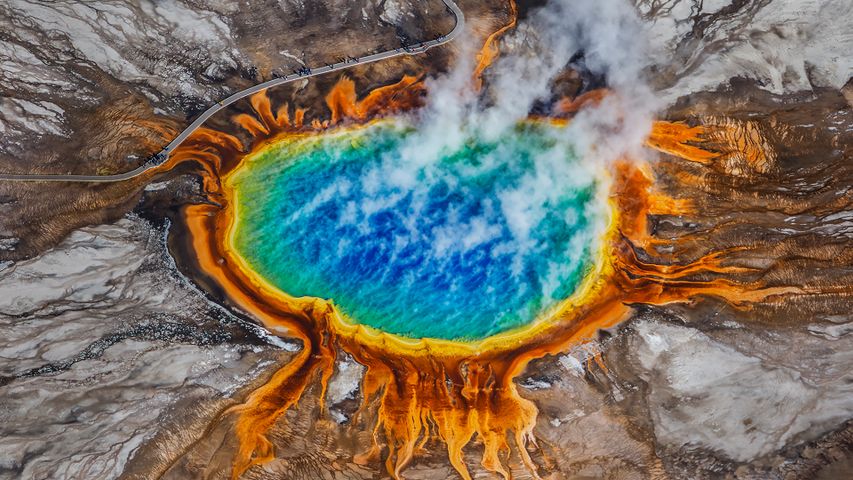Tlikakila River, Lake Clark National Park, Alaska, USA
© Dawn Wilson Photography/Getty Image
Tlikakila River, Alaska, USA
Alaska had no national parks until 1980, but now the state has eight, plus numerous monuments and preserves that protect more than 630,000 square kilometres. In fact, many of the United States’ largest national parks are in Alaska, including the biggest of all, Wrangell-St. Elias National Park and Preserve. When President Carter signed the Alaska National Interest Lands Conservation Act, the public was granted the right to appreciate stunning locations like the one in today's photo: the braided river delta of the 82-kilometre-long Tlikakila River in Lake Clark National Park.
In the native Athabaskan language, Tlikakila literally means “salmon are there river”. The park is known for its waterways filled with salmon, which are of major importance to the local economy and ecosystem. Local bear populations benefit from the excess salmon, and bear watching is very popular at Lake Clark. The abundance of salmon has also benefited a wolf pack within the park – the only one in the world known to be solely dependent on salmon.
Related Images
Bing Today Images






 A delta in the Venetian Lagoon, Italy
A delta in the Venetian Lagoon, Italy
 Grand Prismatic Spring, Yellowstone National Park, Wyoming, United States
Grand Prismatic Spring, Yellowstone National Park, Wyoming, United States
 Desert bighorn sheep in Valley of Fire State Park, Nevada, United States
Desert bighorn sheep in Valley of Fire State Park, Nevada, United States
 Eucalyptus trees, Megalong Valley, Blue Mountains National Park, NSW, Australia
Eucalyptus trees, Megalong Valley, Blue Mountains National Park, NSW, Australia
 Sandstone hoodoos, Bryce Canyon National Park, Utah, United States
Sandstone hoodoos, Bryce Canyon National Park, Utah, United States
 Great Blue Hole, Belize
Great Blue Hole, Belize
 Ribblehead Viaduct and Ingleborough mountain, North Yorkshire, England, United Kingdom
Ribblehead Viaduct and Ingleborough mountain, North Yorkshire, England, United Kingdom
 Zoroaster Temple, Grand Canyon National Park, Arizona, USA
Zoroaster Temple, Grand Canyon National Park, Arizona, USA